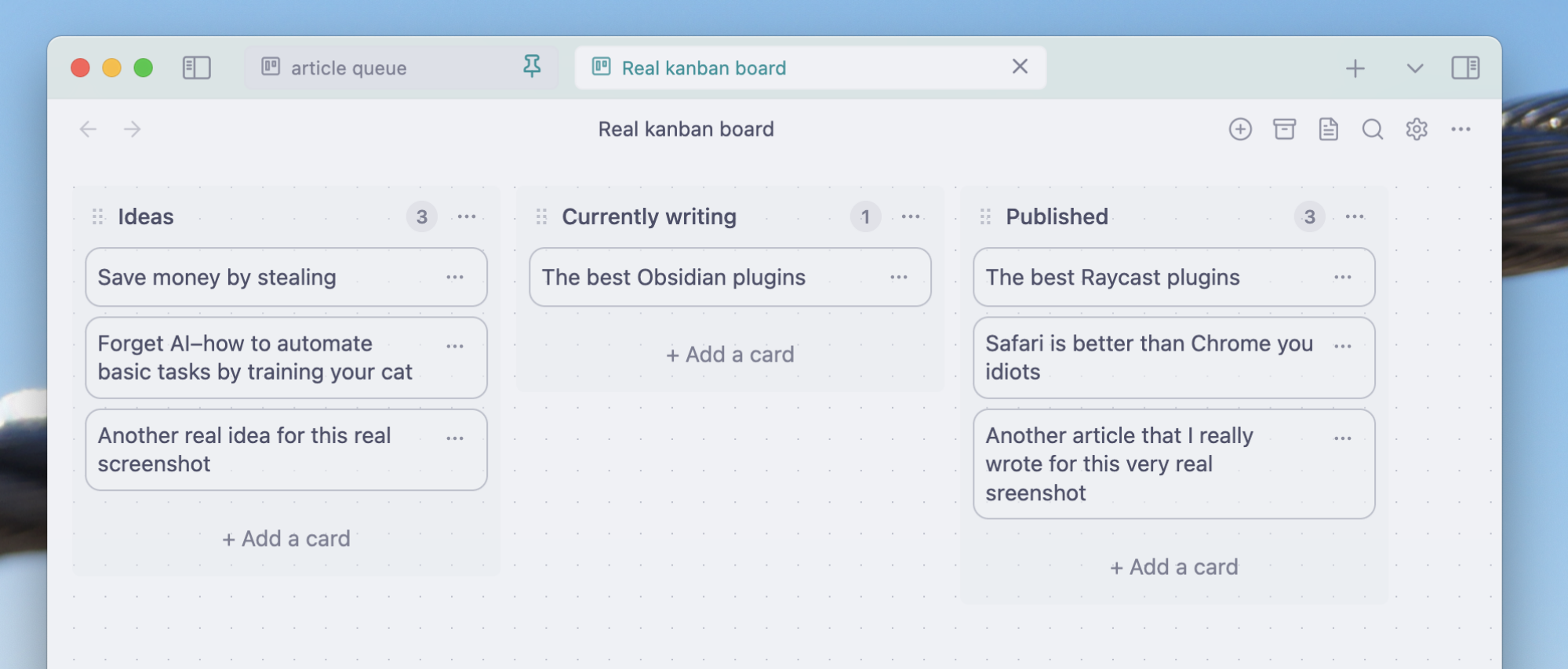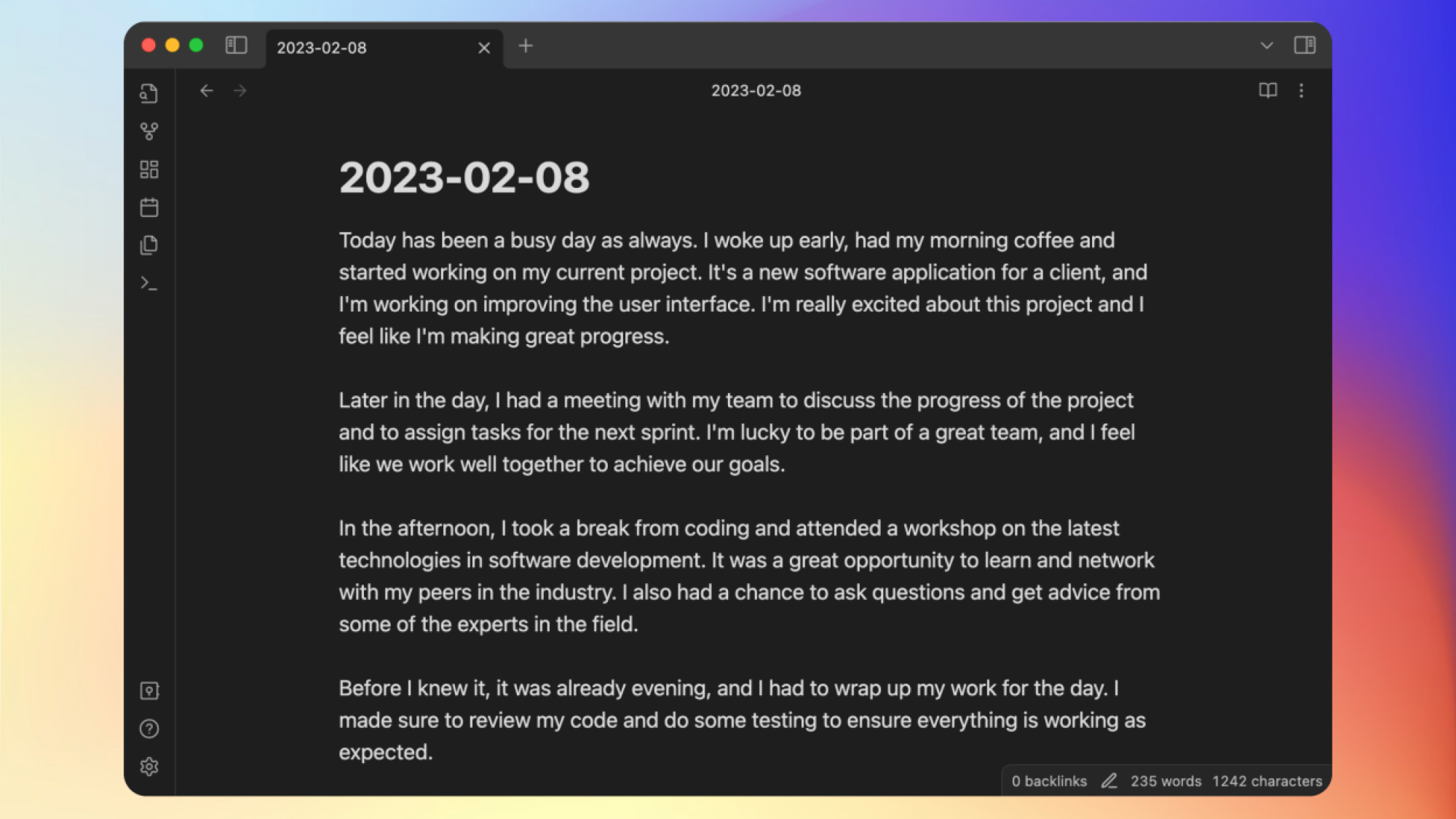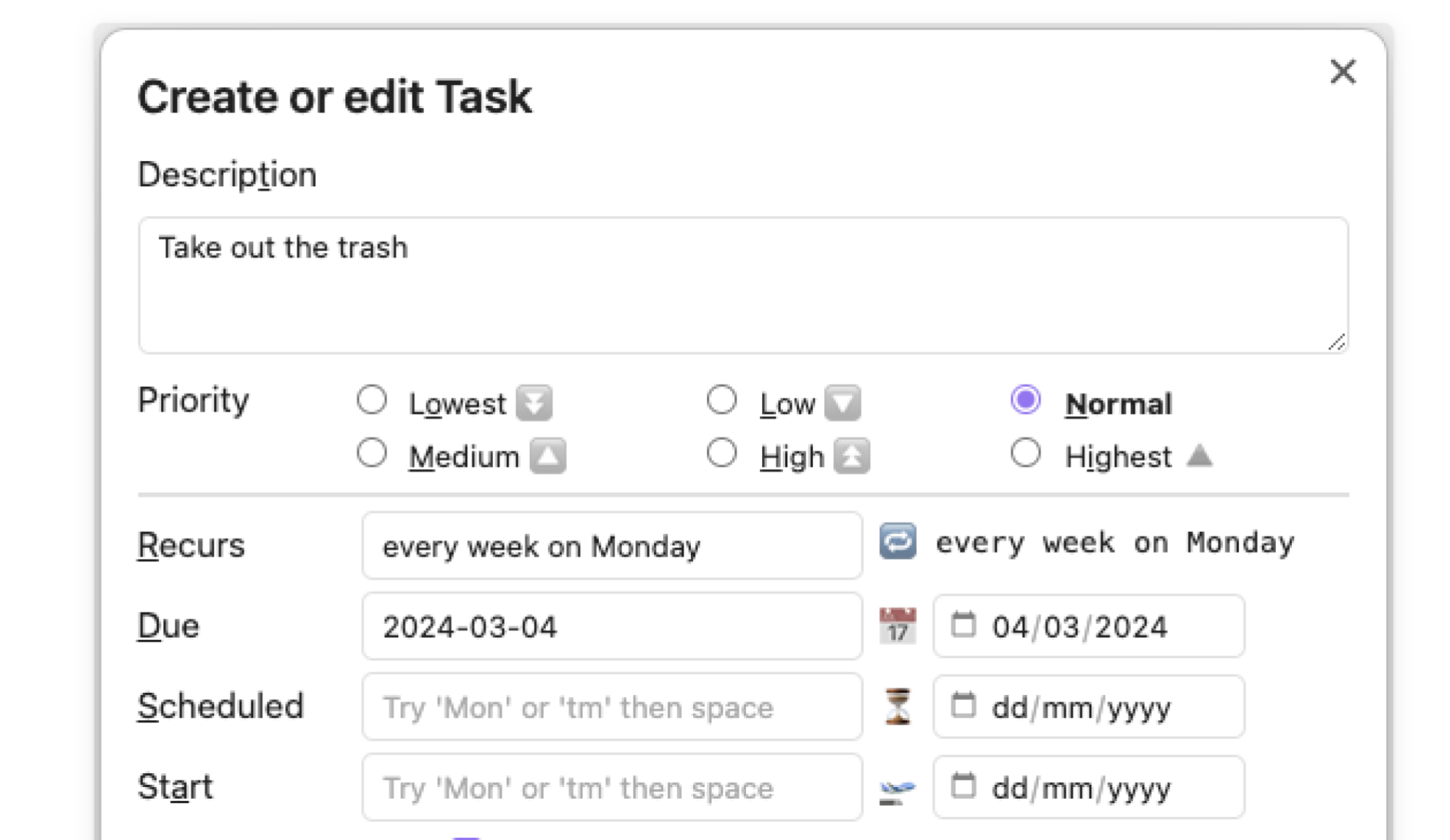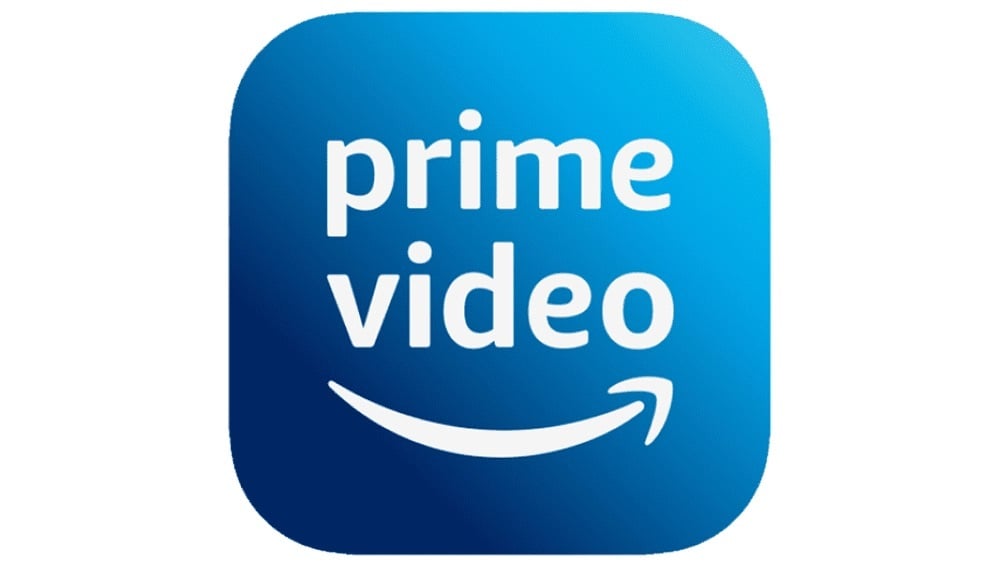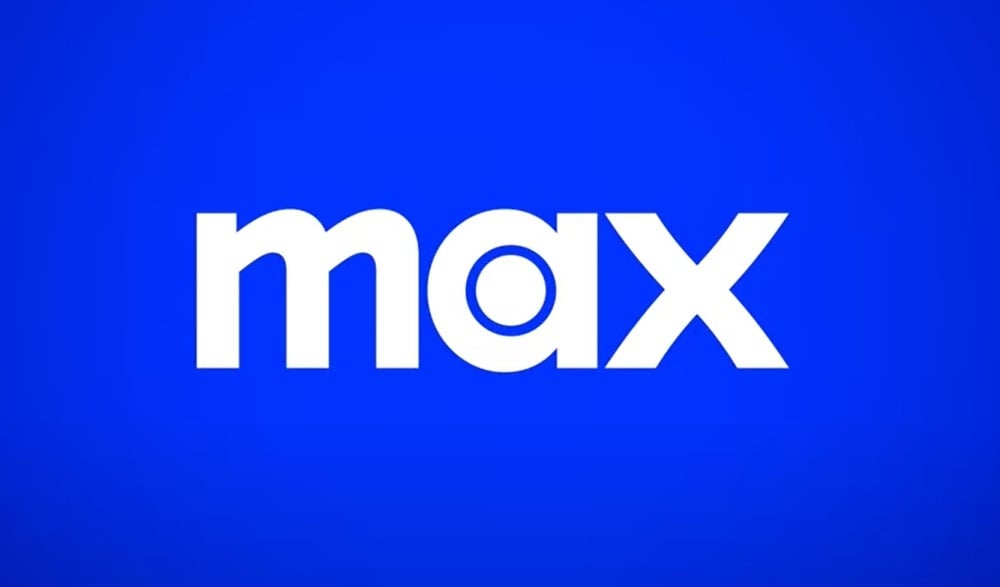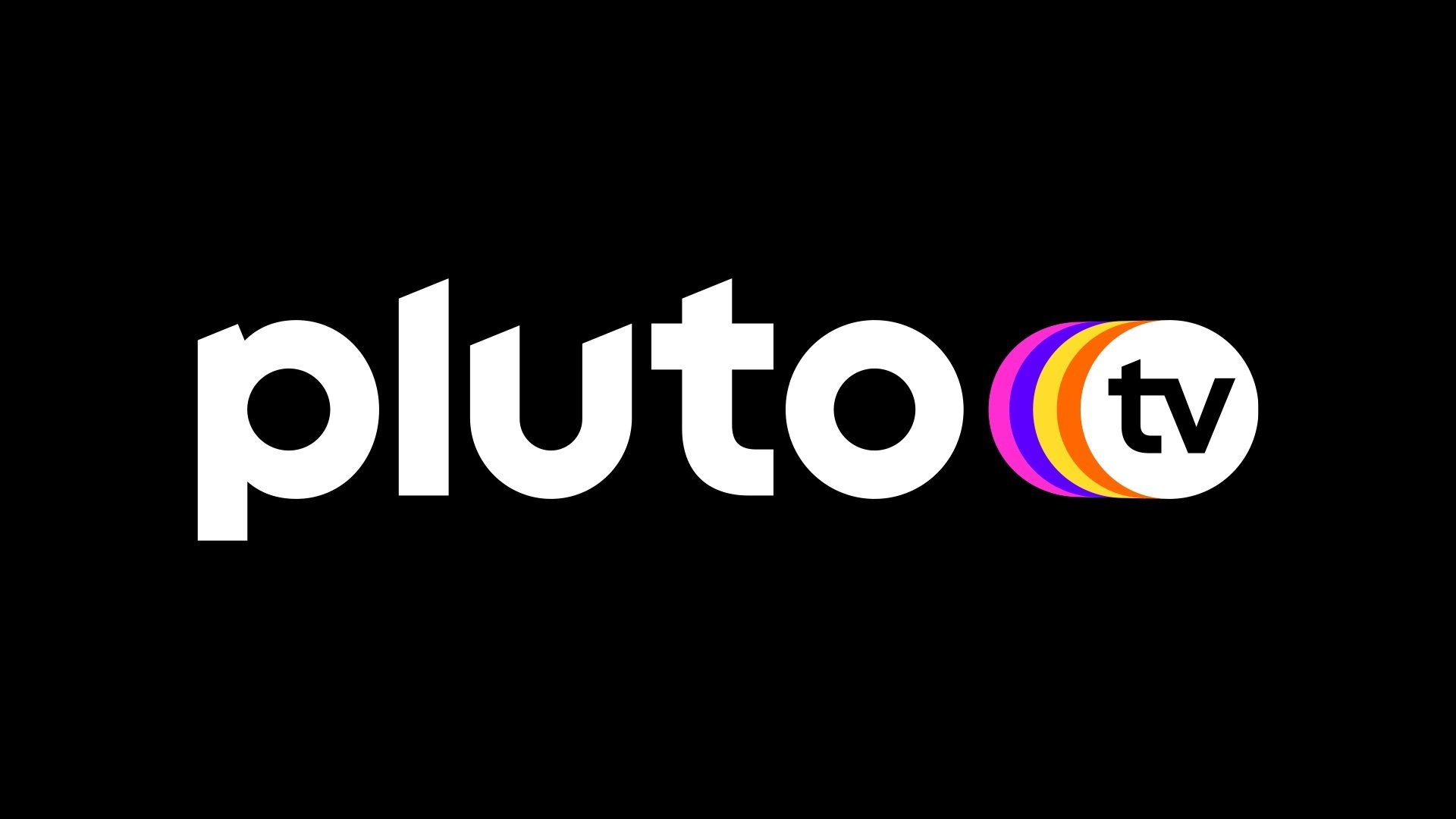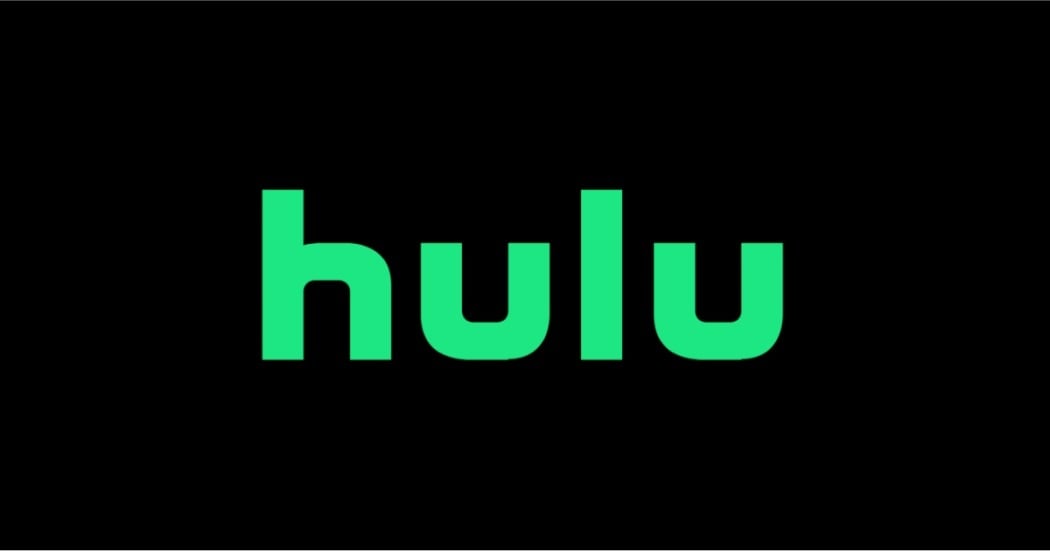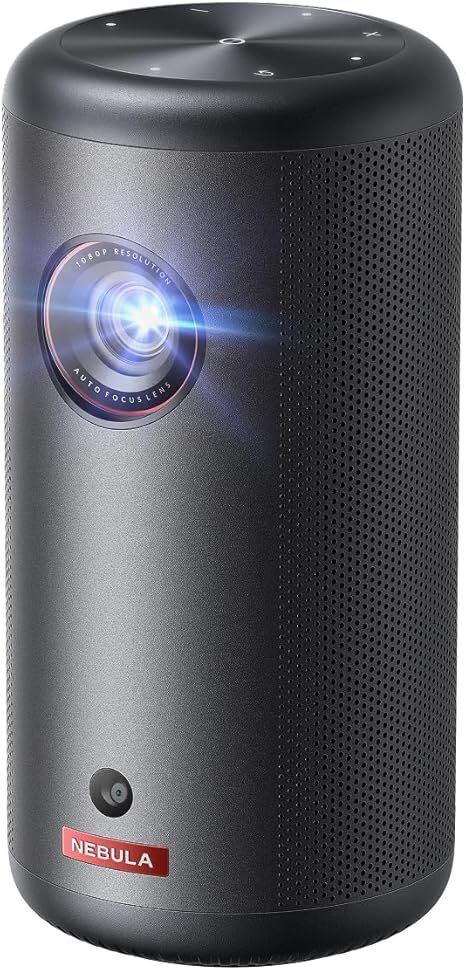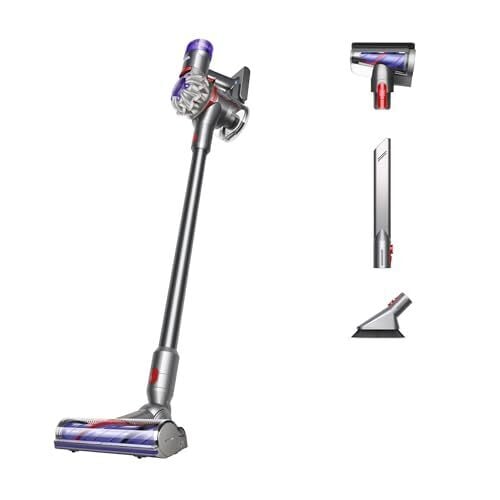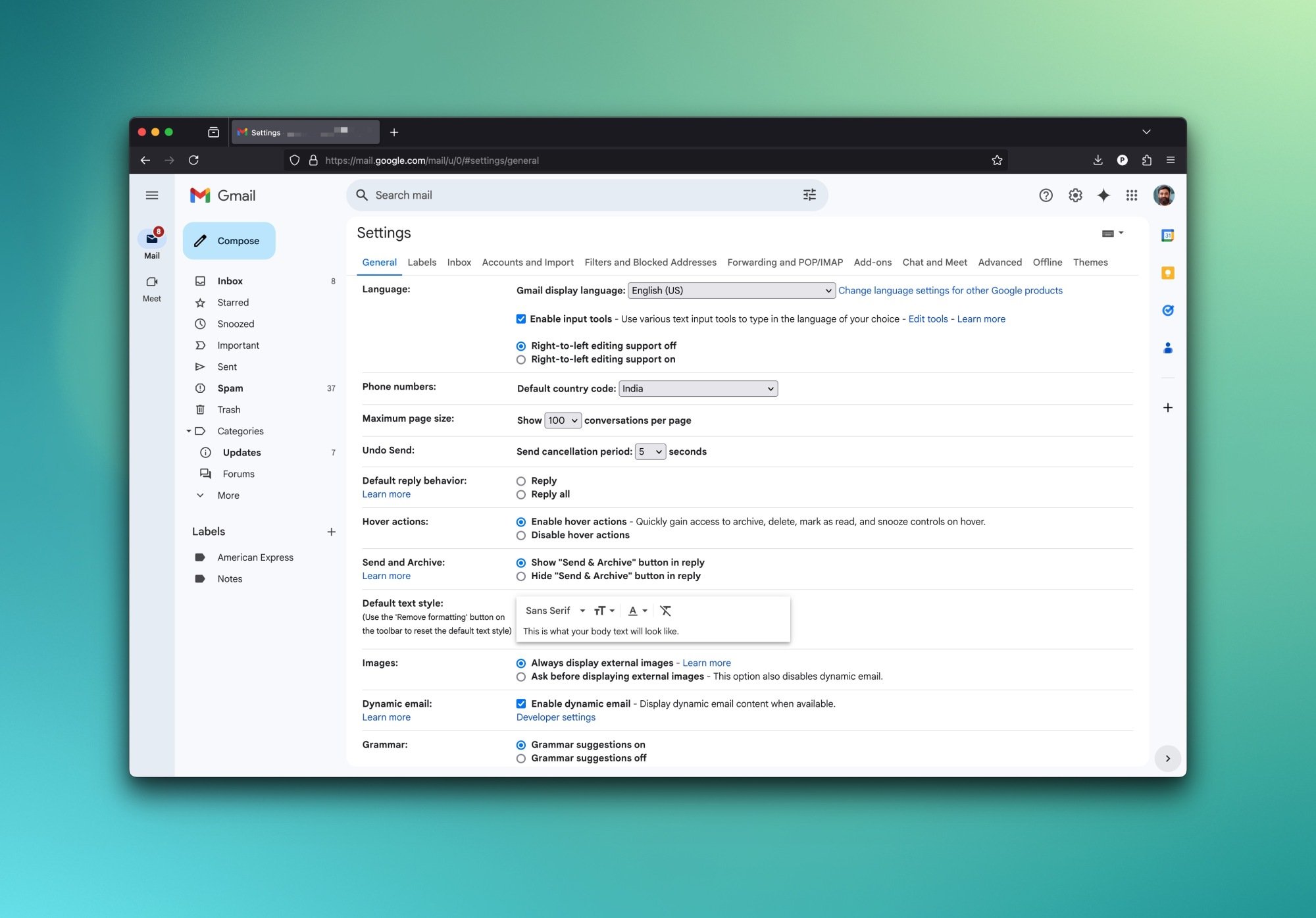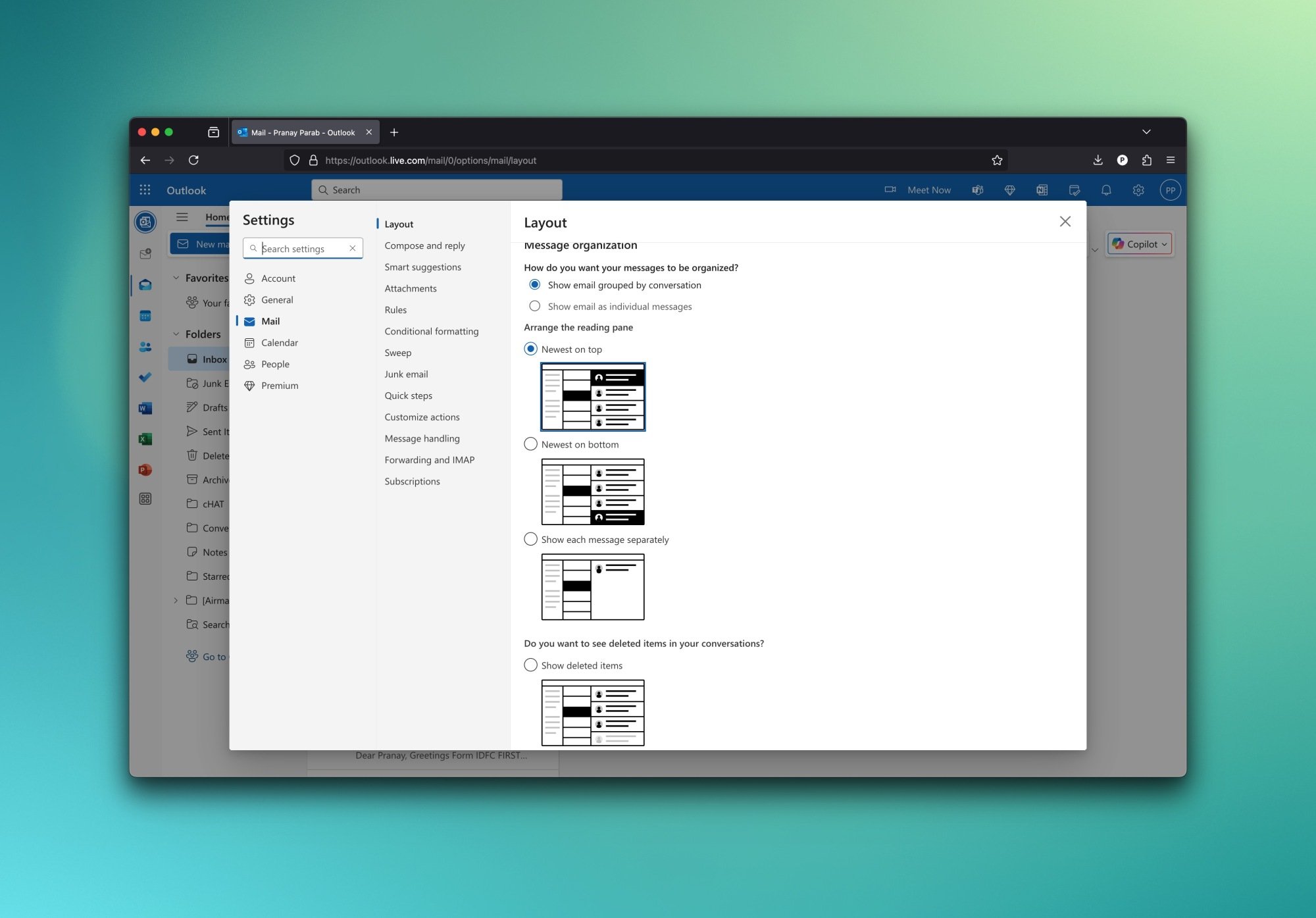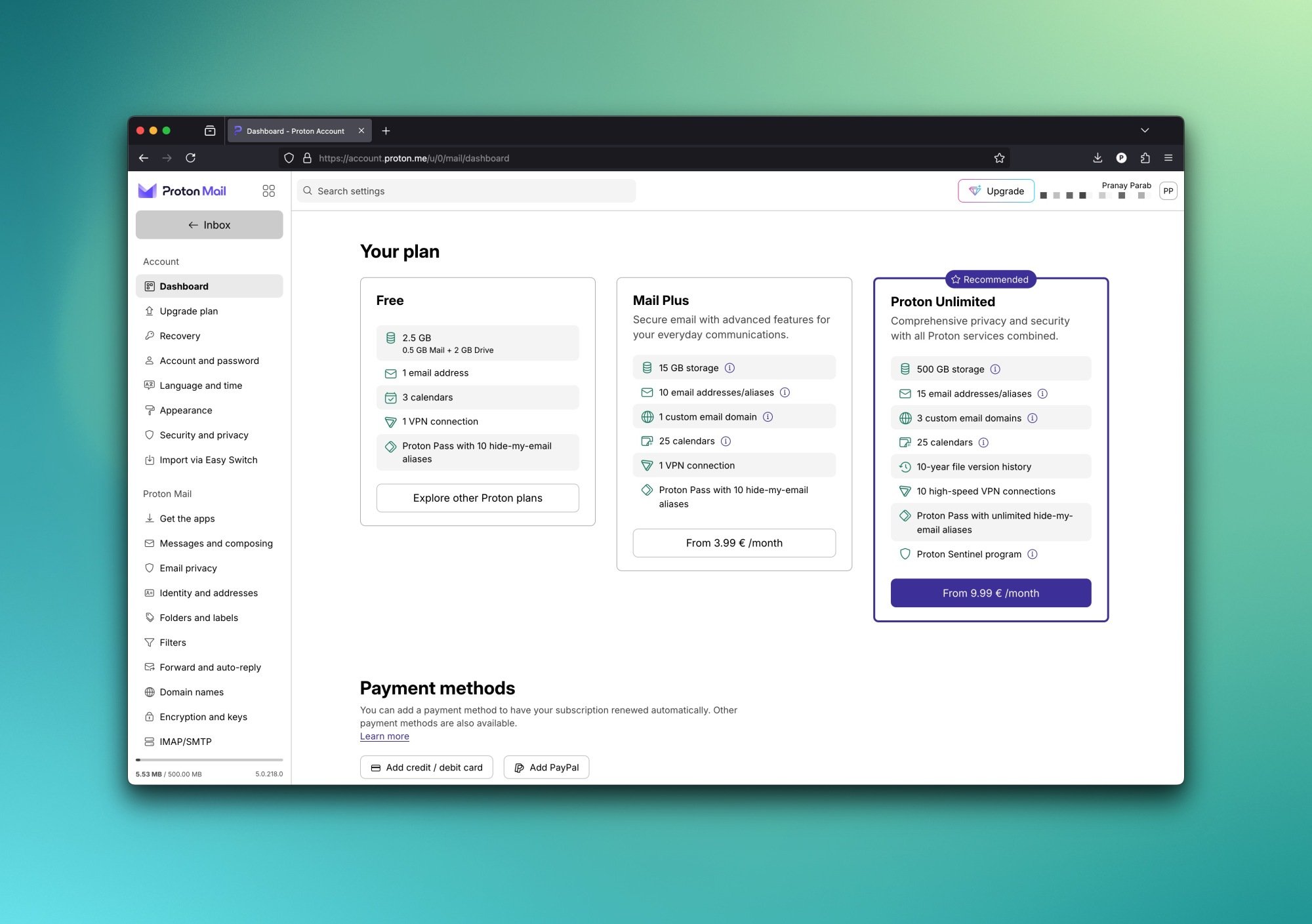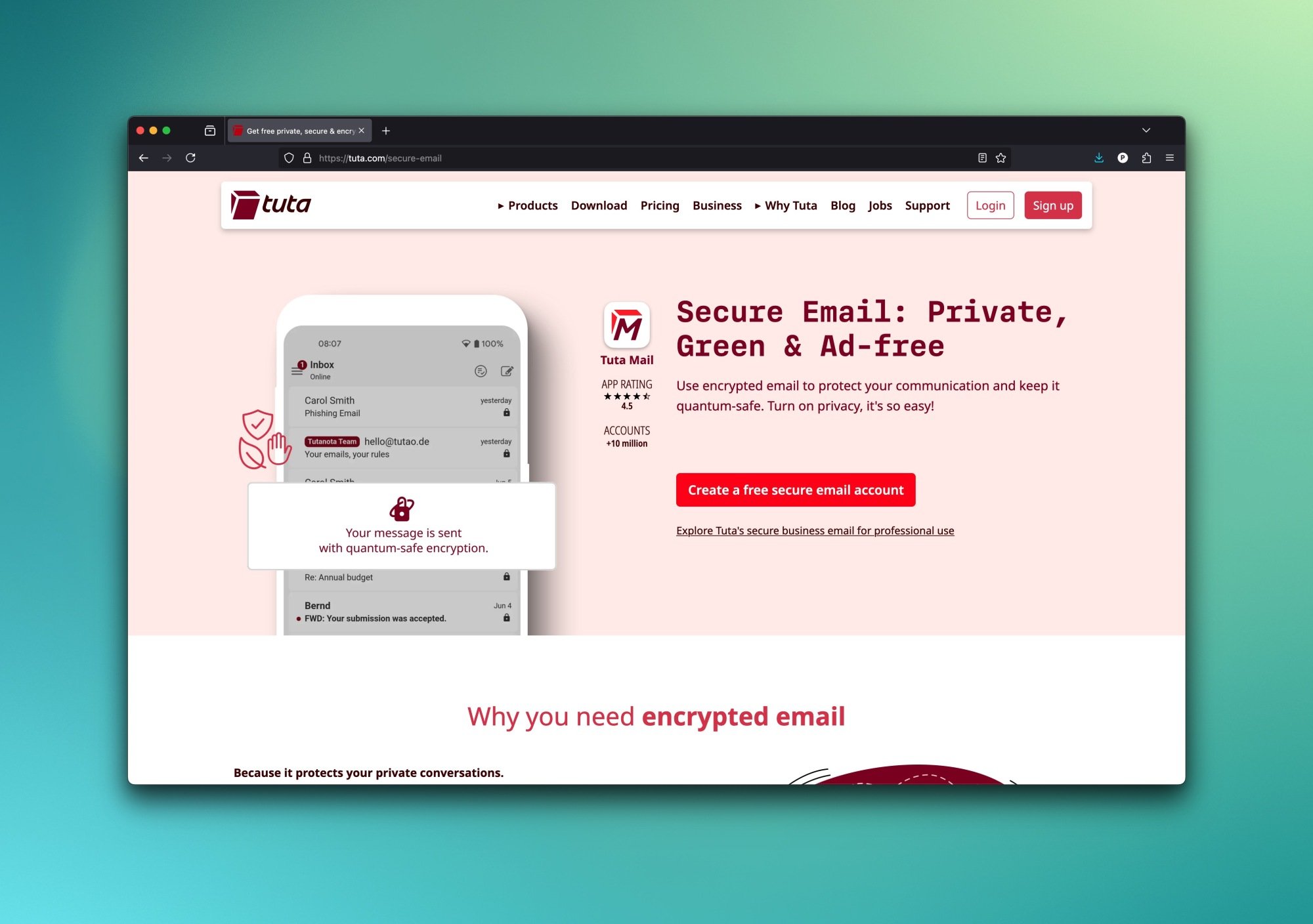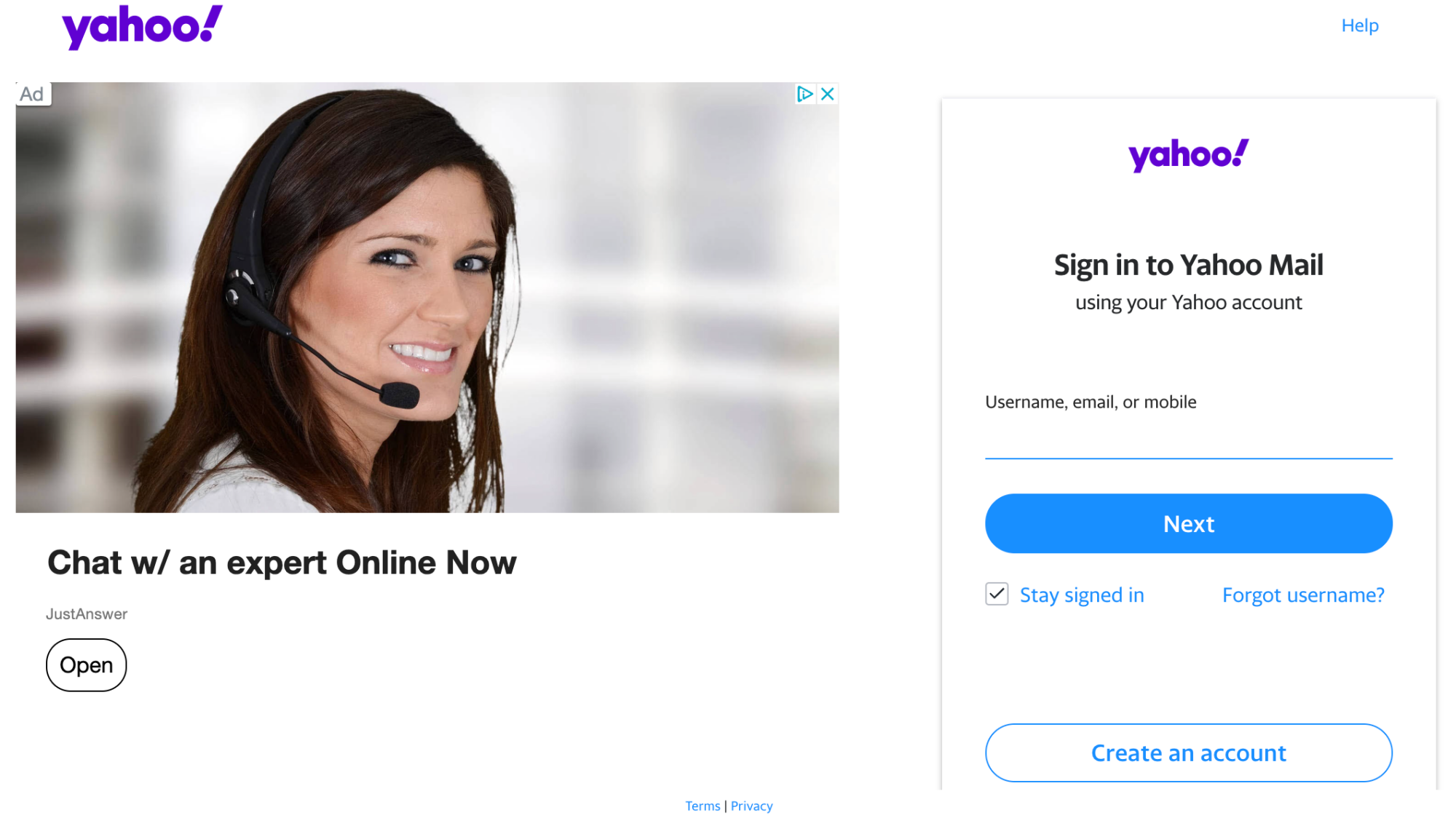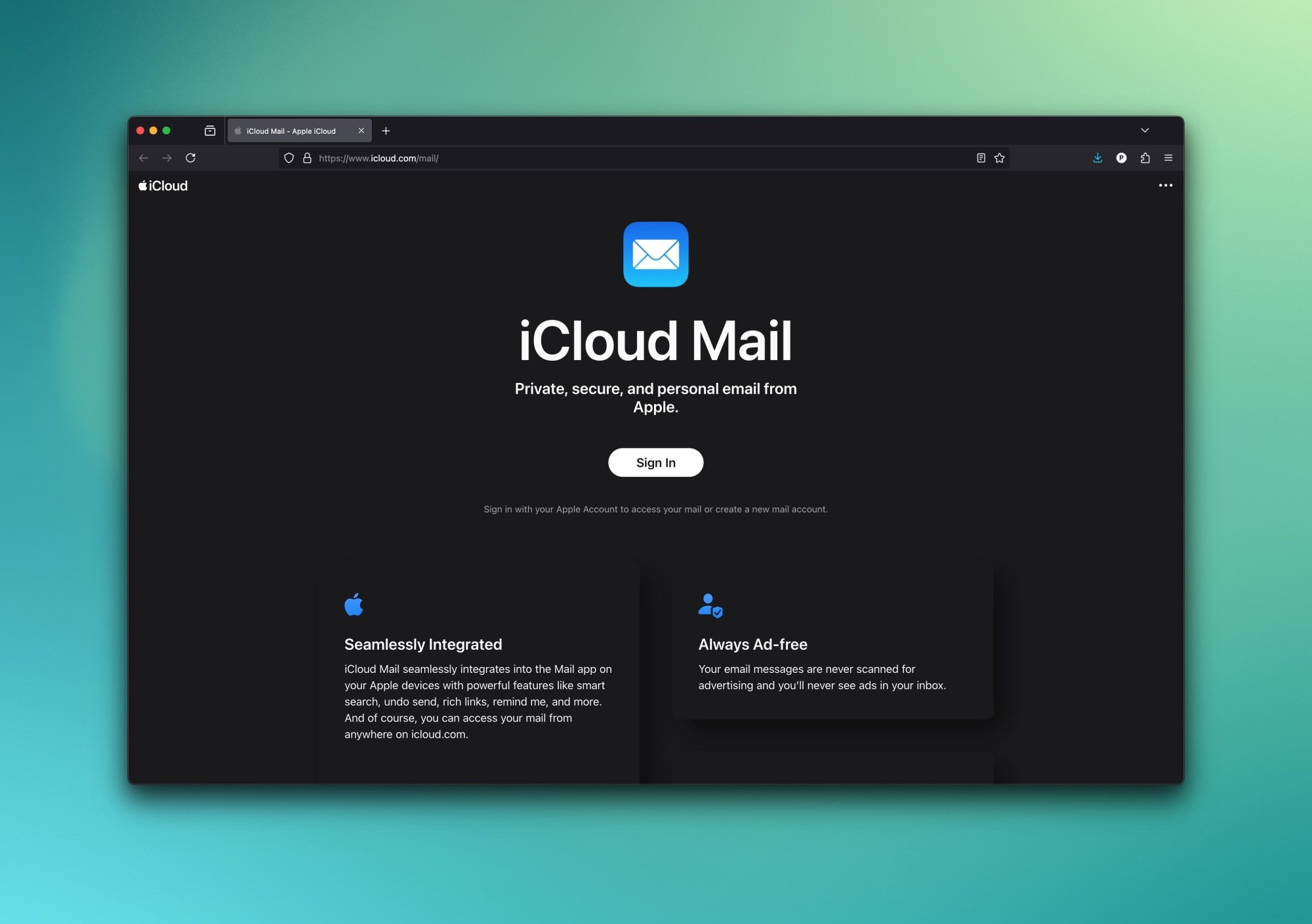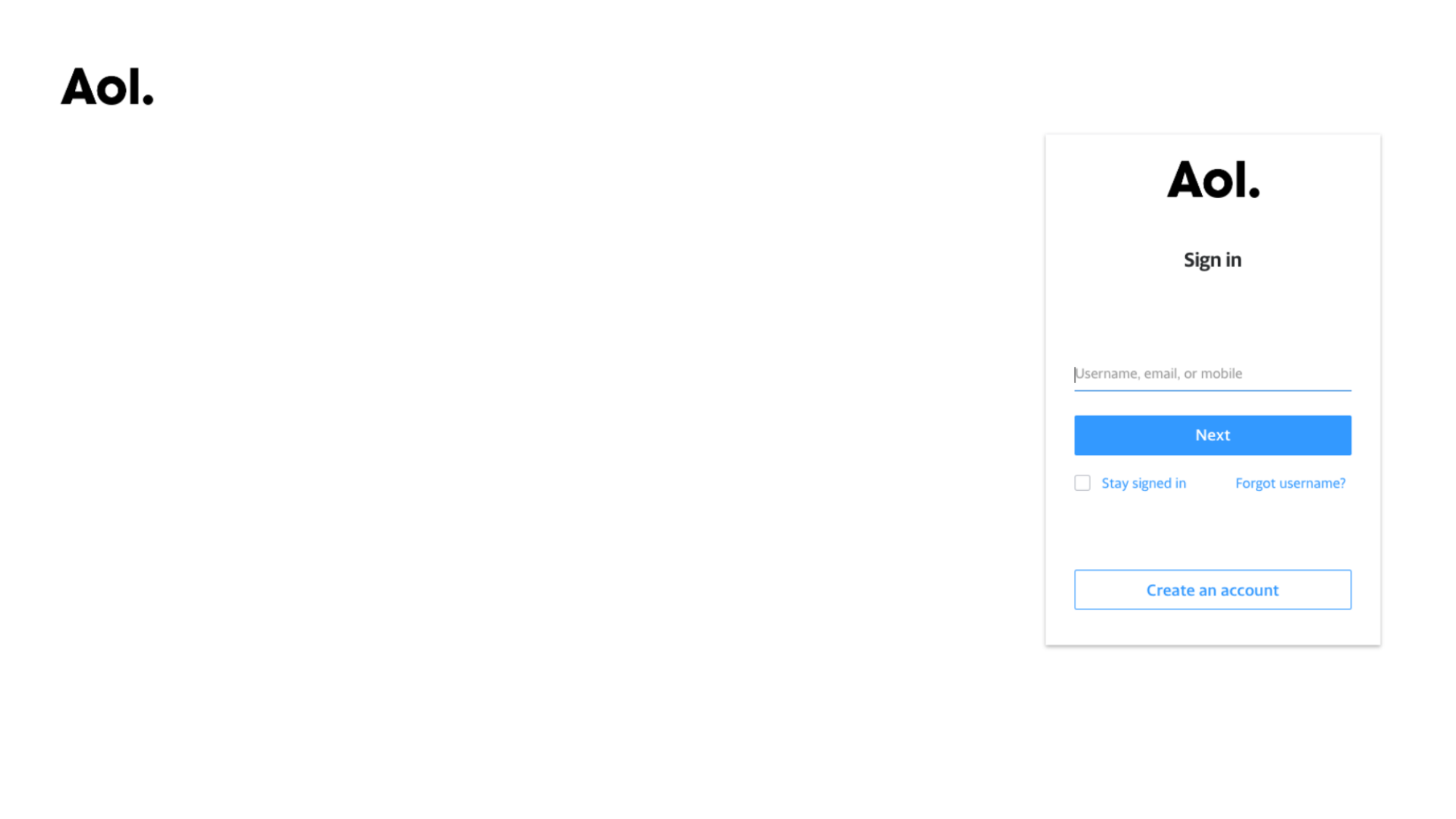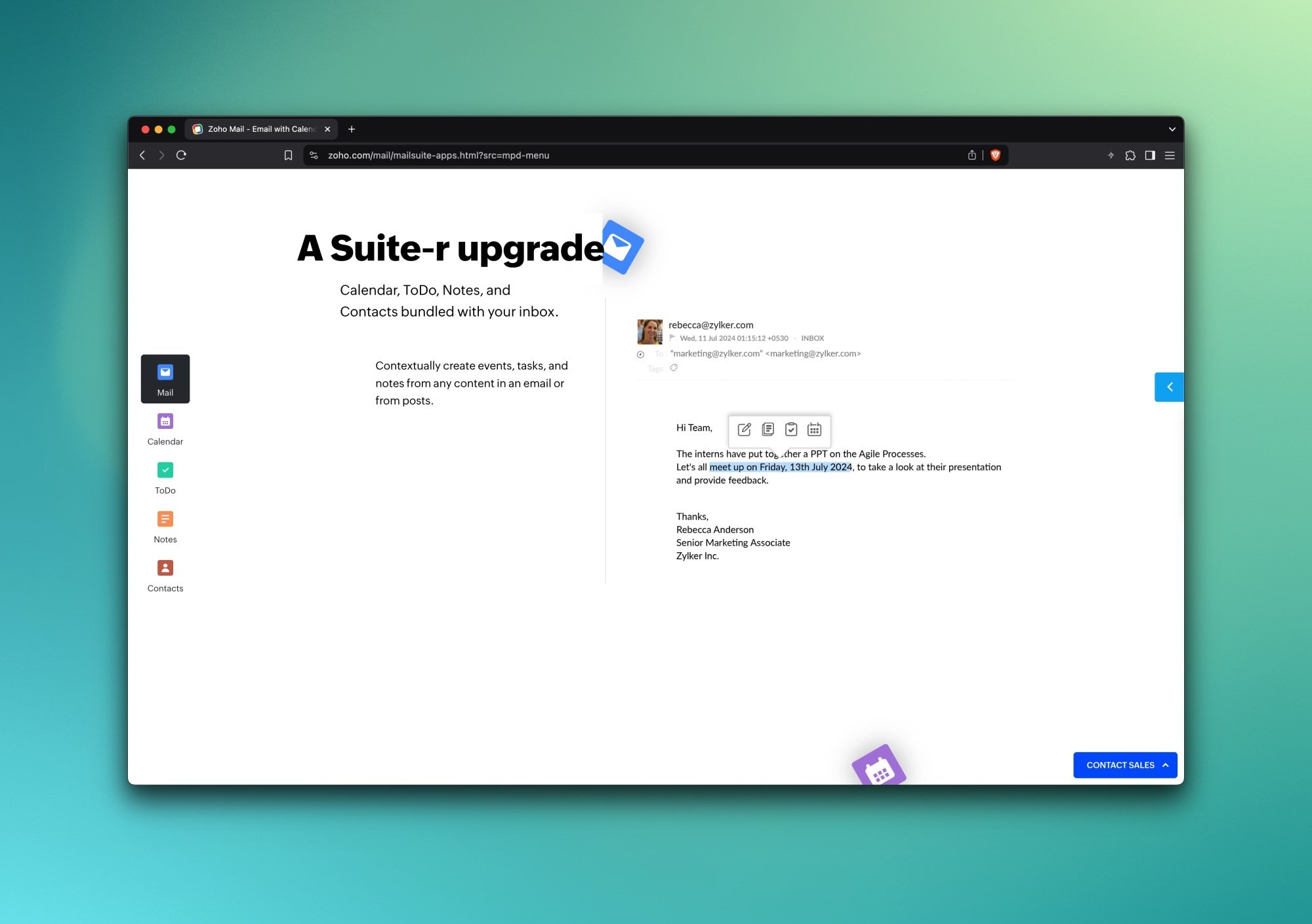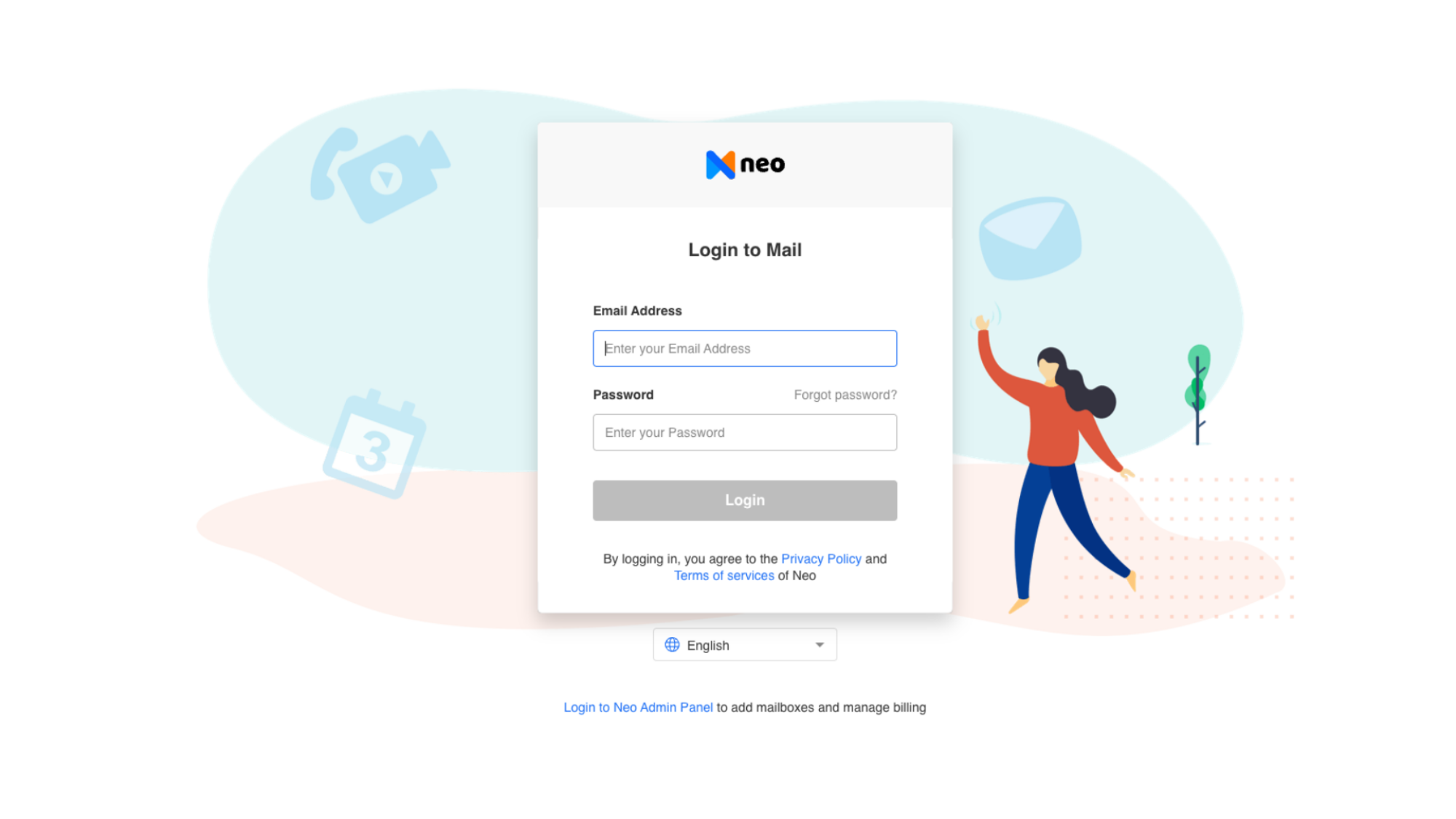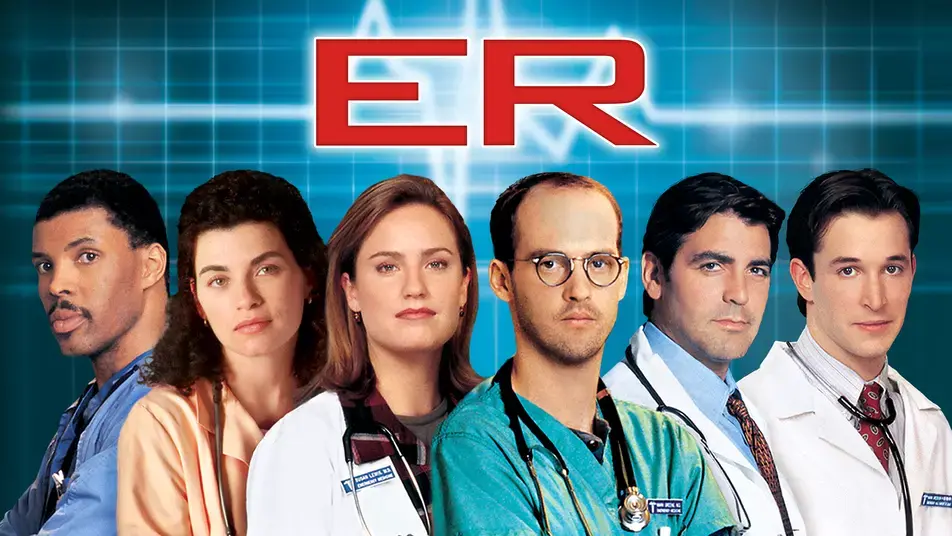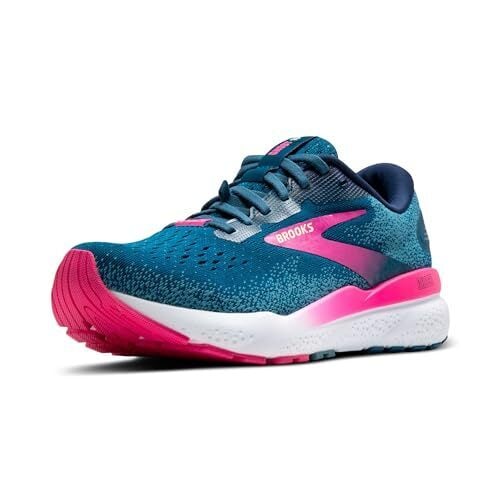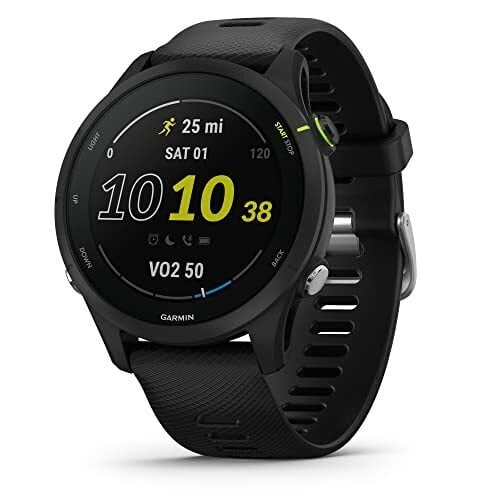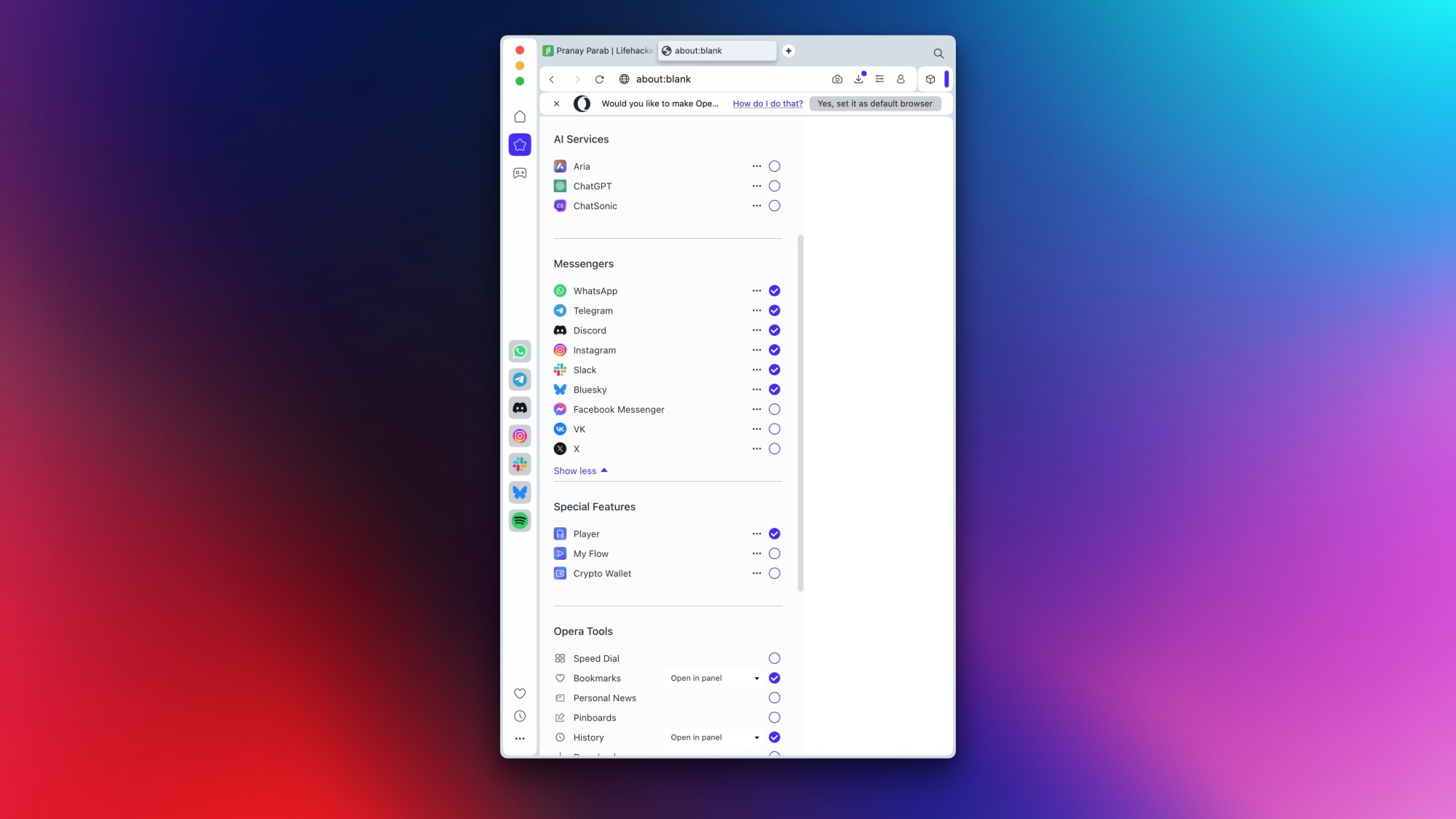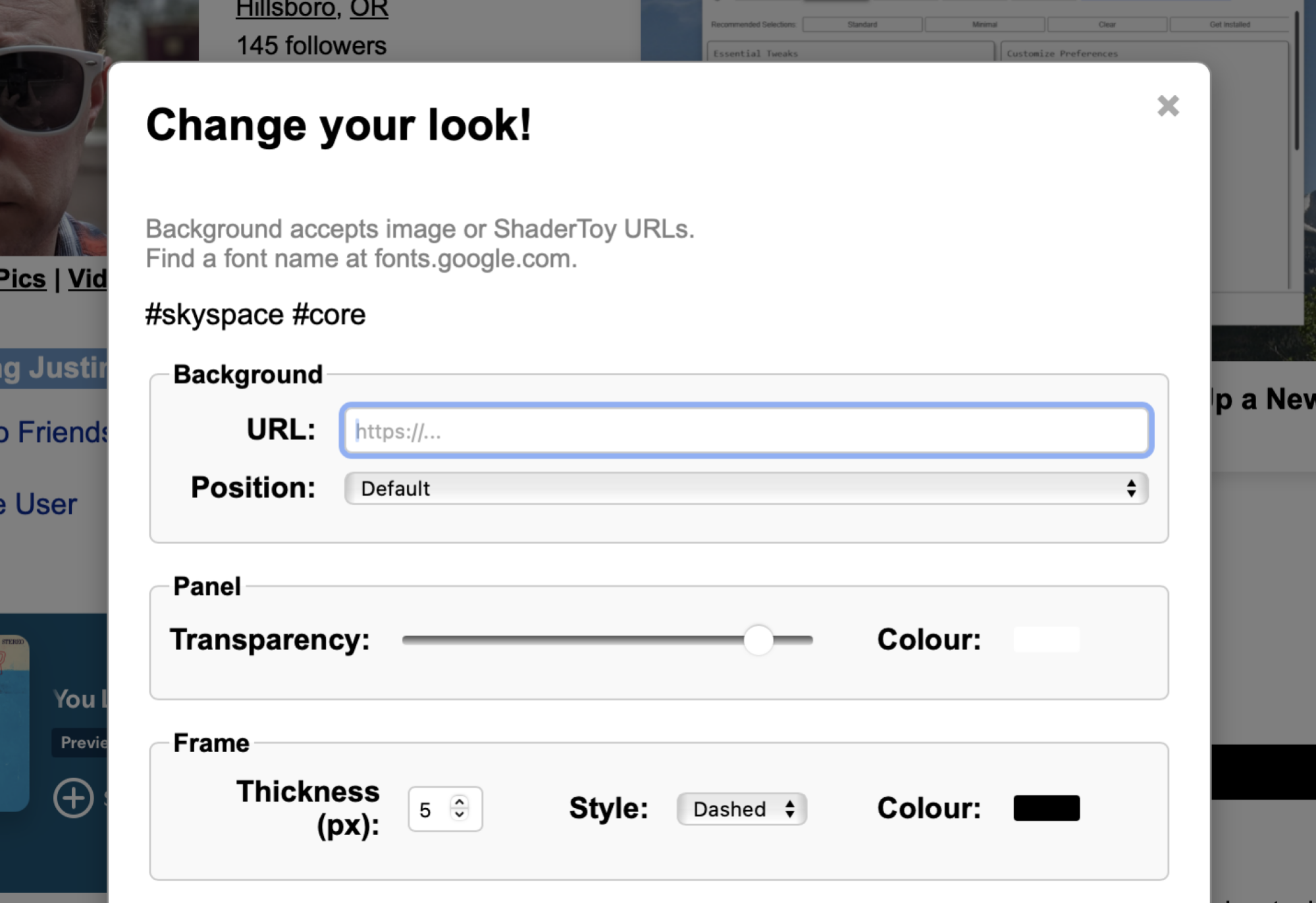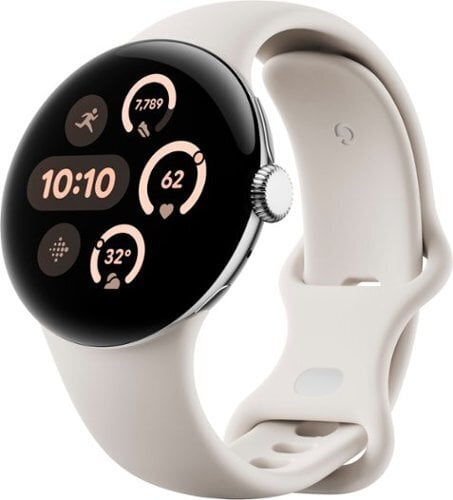Setting up a free email account has never been easier. You now have many great options that promise lots of storage or convenient features, although there are a few things to keep in mind when picking one. The rule of thumb is that if you’re getting a free email service, you’re probably paying with your privacy, because the company has to make money at the end of the day. Depending on the company, it could use your emails to serve ads, track you across the web, or even use the text in your emails to train AI. However, there are exceptions to that rule, specifically when it comes to end-to-end encryption.
It’s a tough balance. In general, you’ll have to pay real money to avoid compromises—services that focus on privacy might suffer elsewhere. But if you’re not ready to pay or set up your own private email server yet, here are your best free alternatives. You’re not even limited to one option—it’s a good idea to create multiple email accounts and use them for different purposes, so you should mix and match based on your needs.
Gmail is the best email provider for most people
Gmail is the best email service for most people, hands down. It’s reliable, filters spam well, and gives you 15GB of cloud file storage for free. Plus, it’s practically unavoidable. It’s hard to be on the internet and avoid Google entirely, and at some point, you’re probably going to need a Google account. From setting up most Android phones to accessing a shared Google Doc, Gmail serves a wide range of audiences pretty well.
Your Gmail account also comes with unlimited addresses, which is a great way to check if a service sold your email ID to spammers. The biggest argument against Gmail is that it’s owned by Google, which makes money by tracking you online to help personalize the ads you see elsewhere. If you are privacy conscious, then this isn’t the right email service for you.
Pros: Ubiquitous, easy to use, feature-rich, integrates with other Google products
Cons: Lots of advertising based on mining your data
Outlook is the best Gmail alternative for most people
For those who don’t want to use Gmail, but are looking for a similar service, Microsoft’s Outlook is the best option. Just like Gmail, Outlook is backed by a tech giant and will almost certainly be around for years to come. Plus, you get up to 15GB of email storage and 5GB of additional OneDrive storage for free. It’s a reliable alternative to Gmail, but once again, it’s not the email service you want to use if privacy is your top priority.
Pros: Backed by a major tech company; a feature-rich Gmail alternative
Cons: Like Google, Microsoft doesn’t care that much about your privacy
Proton Mail is the best email service for privacy
Proton Mail is the best free email service for privacy-conscious people. It offers 1GB of storage, a limit of 150 emails per day, and up to 10 aliases for free, which is good enough to get started. My Gmail account is over a decade old and it still uses less than 1GB of storage, so it’s possible to manage with that storage limit for quite a while. Proton Mail also gives you a fair bit more than mail, too, even if you aren’t spending a dime. You’ll get a free VPN for one device and a free password manager as well.
Proton Mail’s biggest advantage is end-to-end encryption, which means your messages cannot be intercepted or read by Proton Mail or third parties. This is a great privacy feature as long as you’re communicating with Proton Mail users or people using other end-to-end encrypted email providers, but it’s not as effective if you’re communicating with people on ad-supported email accounts. Everything could be totally private on your end, but your friend’s email service could read the contents of your email pretty easily. If you’re ready to pay, Proton Unlimited offers great value with more email addresses, more storage space, and advanced privacy features like dark web monitoring.
Pros: Great for privacy; end-to-end encryption
Cons: Only 1GB of storage and a daily sending limit
Tuta is also a great privacy-focused email provider
If you need an encrypted email service that offers open-source desktop clients, Tuta could be one to consider. It has a free tier with 1GB storage and no ads, which is also a plus. While Tuta is end-to-end encrypted, your privacy depends on the encryption status of the people you’re emailing. Just as with Proton Mail, email encryption needs all parties onboard and if even one person is on an unencrypted service, your privacy is compromised. Tuta comes with one calendar in the free tier, but you’ll have to pay if you want to set up multiple calendars.
One good thing is that Tuta doesn’t restrict how many emails you can send or receive per day. The only limitation is storage. You also get apps for mobile use.
Pros: Encryption, privacy, and no sending limits
Cons: Just 1GB storage
Yahoo Mail is the best free email for free storage
If you want the maximum possible storage on your free email account, believe it or not, Yahoo Mail is your best bet. The provider lets you use up to 1TB storage (yes, that’s 1,000GB) for free. The catch is that it still limits you to a maximum of 25MB of attachments per email, so you can’t start attaching 4K movies to your emails. It also comes with other useful features, such as an easy way to unsubscribe from newsletters. However, Yahoo Mail also shows you ads in your inbox and isn’t really the service you want to use if you’re concerned about privacy.
Pros: Tons of free storage
Cons: As ad-heavy and invasive as other services, plus you have to have an “@yahoo” or, worse, “@aol” email address. (Certain people will judge you, if only subconsciously.)
iCloud Mail is easiest to set up for Apple users
For anyone who already has an Apple Account, setting up an iCloud Mail account is really easy. Go to your device’s settings and tap your name. Then, click or tap through to iCloud > Mail, and follow the on-screen instructions to set it up. Since you already have an Apple Account, you don’t need to create a new password and you can start using the service for free. iCloud Mail’s free tier offers 5GB space and it has no ads. Note that this 5GB is shared with your photos, device backups, and everything else on iCloud, so effectively, it is smaller than you might expect. However, if you’re on an Apple device, you have the added advantage of not having to install any apps to use the service, because your iPhone, iPad, and Mac ship with the Mail app pre-installed.
iCloud Mail can be accessed on Windows, Android, and the web, too. The easiest way to use iCloud Mail on non-Apple devices is via the iCloud website, although there is an iCloud for Windows app for PC. Note that you’ll still need an Apple Account for this, which you can create for free at https://account.apple.com/.
For Android, you can also easily add your iCloud Mail to your phone’s mail app. Log in to your Apple Account here and select App-specific passwords. Create a new password and save it for later. Add a new account to your favorite email app, select the IMAP option, and type your iCloud email ID and the app-specific password. This will add the email ID to your Android phone.
Apple’s Mail app gets regular updates, and you can access privacy features such as protection against email tracking even on iCloud Mail’s free tier. But while this service is great for many people, it is slightly wonky at times. I’ve failed to receive some emails on iCloud Mail at times because they got flagged as spam and never landed in my inbox. On the plus side, you can add up to three aliases to iCloud Mail, which is good if you want to protect your actual email address from being compromised.
Pros: Easy set up, three aliases for free
Cons: Occasionally buggy, just 5GB of free space (shared with iCloud Photos and your device backups)
AOL is the best free email for unlimited storage
Another throwback, AOL Mail, offers a lot of the same benefits as Yahoo Mail, with a similar feature set and size limits (they’re owned by the same company). AOL is user-friendly, lets you organize and personalize your inbox, and offers a spell-checker, calendar, and a to-do list feature on top of the features most email clients have. It’s compatible with Android and iOS apps and you can transfer your contact list from CSV, TXT, or LDIF files.
Pros: Unlimited free storage
Cons: You’re limited to 25 MB for your email attachments
Zoho Mail lets you use custom email address domains for free
The biggest problem with almost every free email provider is you have no control over the domain name associated with your email address. You’ll be stuck with email addresses that end in @gmail.com, @yahoo.com, @outlook.com, etc.
If you want to use your own domain name with your free email, check out Zoho Mail. Its free plan lets you add up to five users to your account and offers 5GB of free storage per user. There are no ads, but you won’t get IMAP or POP3 sync features for the mobile app, which means there may be delays in receiving mobile notifications for new emails. The service will still work pretty well on your desktop browser.
Pros: You can use a custom @
Cons: Only 5GB storage and no IMAP or POP3 syncing
Neo is the best free email for small business owners
Small business owners, freelancers, or anyone who wants to see how their emails are performing and how many people are actually reading them can see basic email analytic tools like CTR (click-through rate) and open rates with Neo. It’s also a great alternative to Zoho, since it lets you choose a domain for free and has up to 100GB of storage. You can use an AI feature for writing emails, but you don’t get five user accounts like on Zoho. However, if you run into trouble, be warned that Neo’s support isn’t known to be the best.
Pros: See CTR and Open rates
Cons: The support isn’t very responsive
